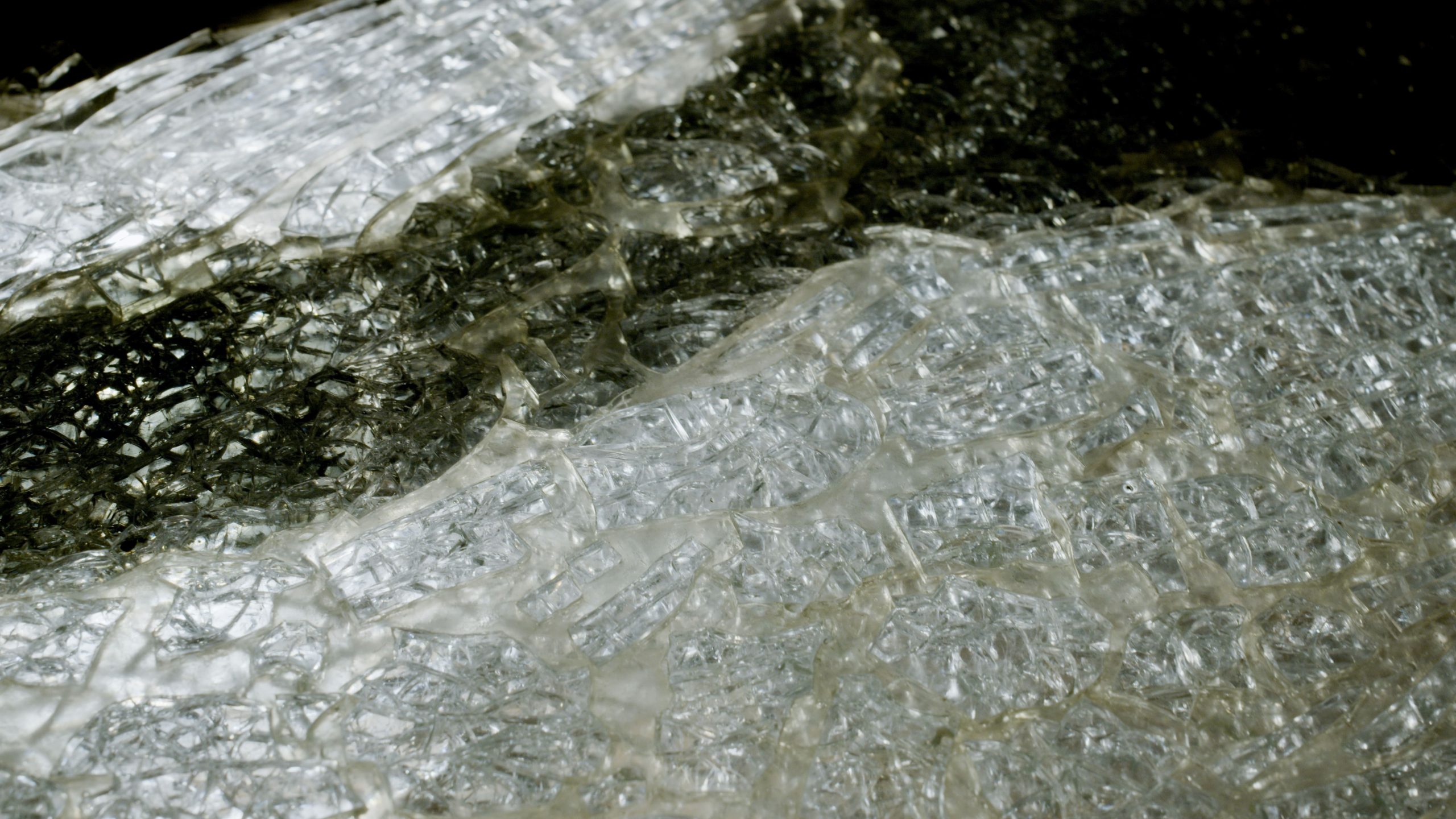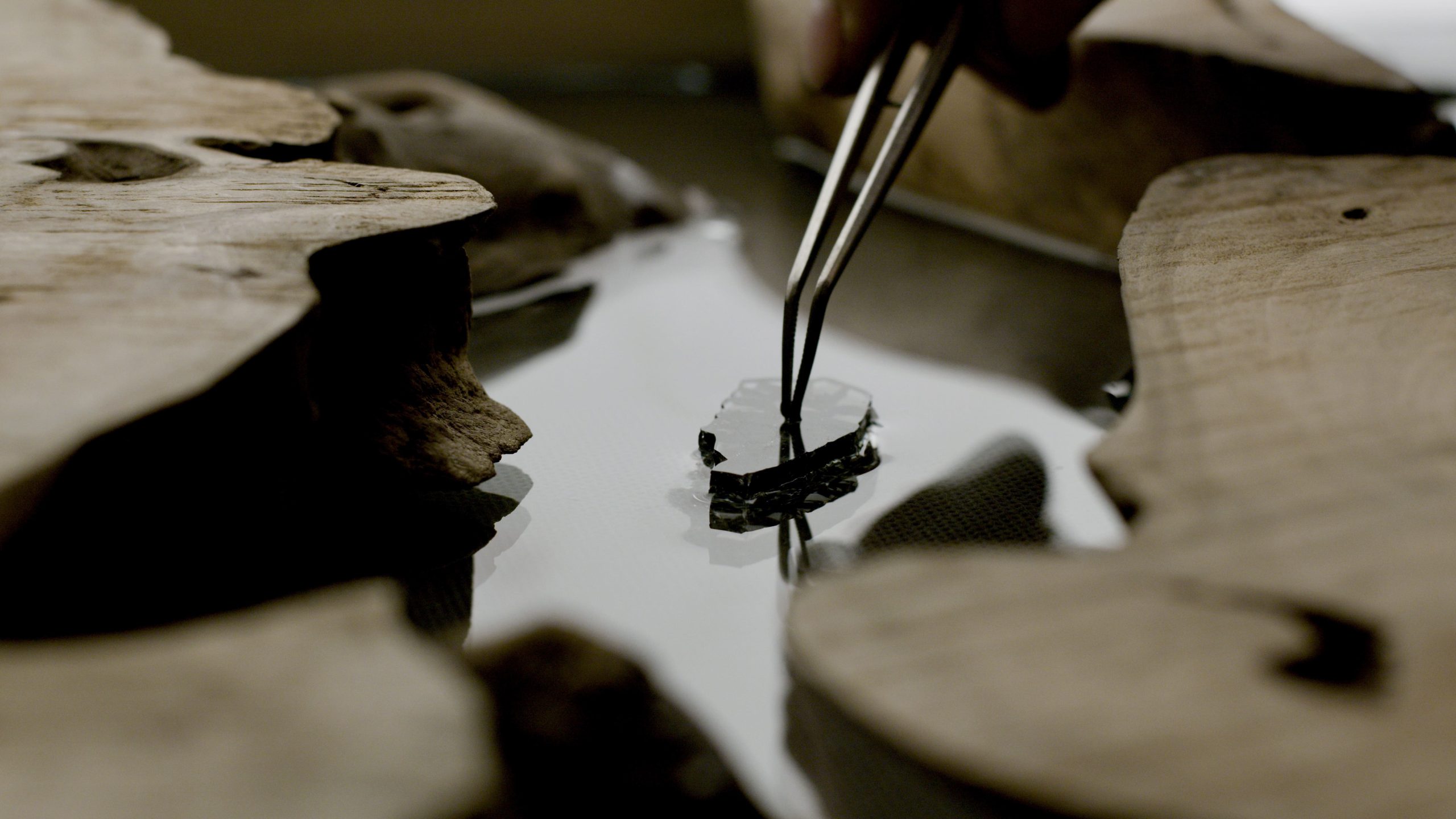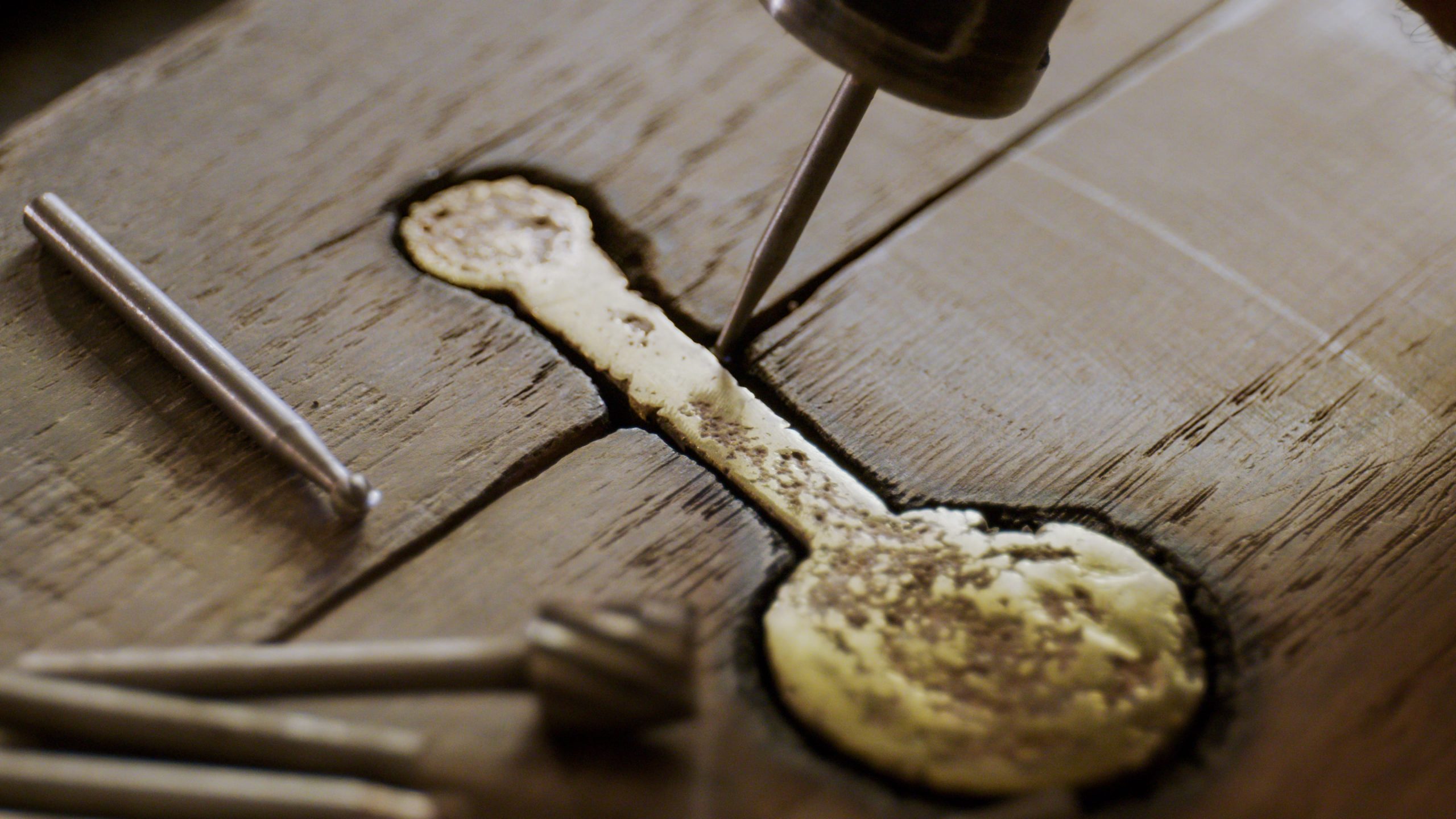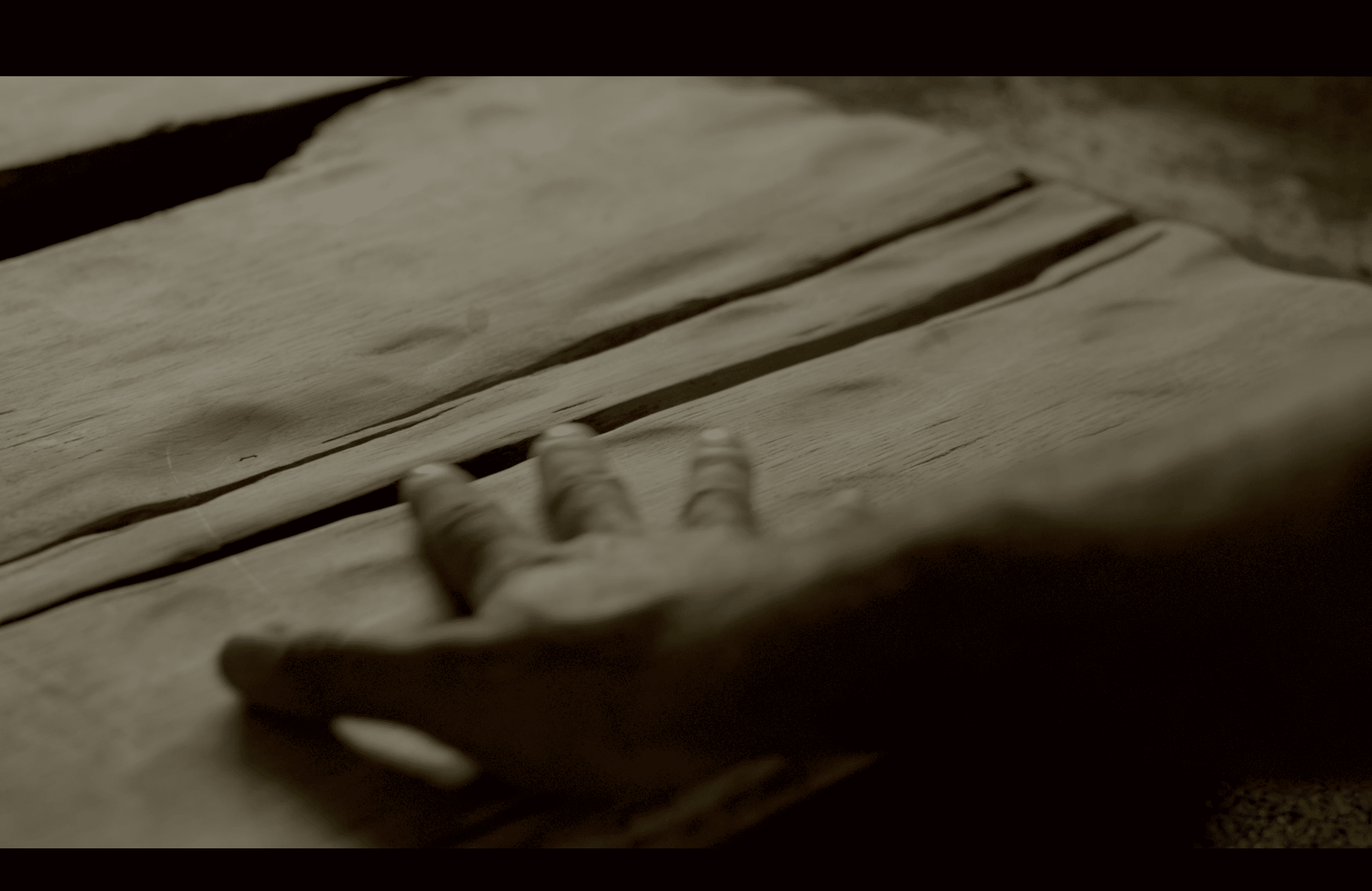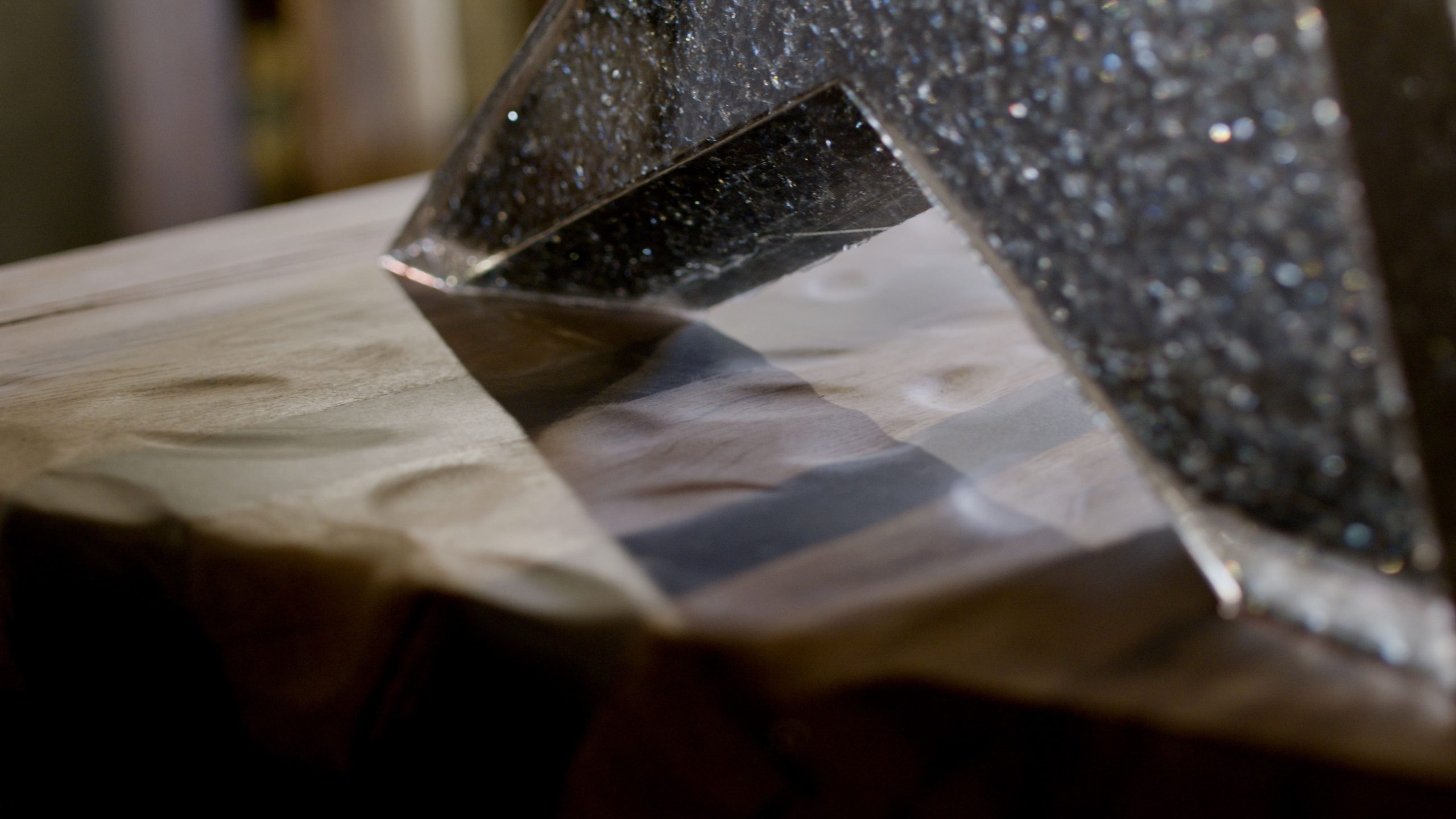Art often emerges where frustration meets innovation. “Glass masonry” was born out of a desire to redefine the creative possibilities of resin and recycled glass. What started as an experiment became a unique fusion of design, nature, and precision, creating pieces that feel as fragile as they are enduring. This technique transforms resin from a filler into a structural mortar, uniting thousands of meticulously prepared glass shards into breathtaking works of art.
Inspiration
If I say that inspiration came accidentally, while I spent a year trying to find my own way of working with resin, it doesn’t sound entirely accidental. However, considering that during that year there was only one true spark of inspiration, then it does seem like chance, doesn’t it? I wanted to use recycled glass to demonstrate how important and creative that process can be. With a unique design technique, I aimed to create a piece where nature, patience, design, and technique blend seamlessly—held tightly together, yet appearing as though they could shatter into thousands of pieces at any moment.
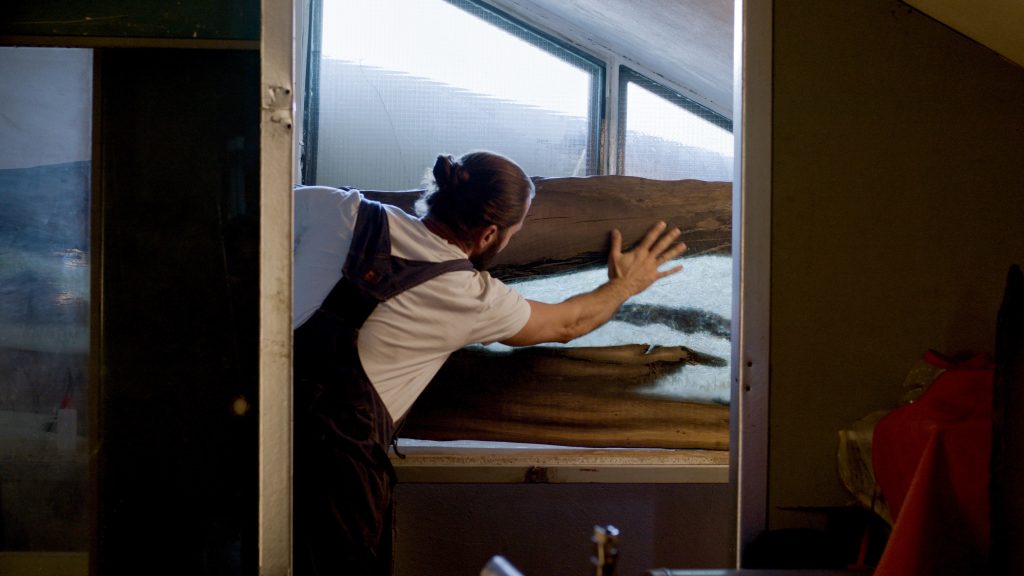
The Need
The need for what I’ve called “glass masonry” arose from my disappointment with how resin, as a material, was being used. Generally, resin was “poured” to fill the gaps between two wooden surfaces, with random objects inserted into it, often without meaning, purpose and dare I say purpose . With this technique, I gave resin a new, exclusively structural purpose, using it as mortar to build with specially prepared pieces of glass. Technique or a Test of Patience? The pieces of glass are chemically prepared beforehand, a process that takes time. But it’s only after this preparation that the real test of patience and time begins. Using tweezers, thousands of pieces of glass are arranged layer by layer, requiring hundreds of hours of work. For my most recent project, I placed 19,500 pieces of glass. At that point, the focus shifts from technique to a true test of patience.
This intricate process is as much about patience as it is about technique. In part two, we’ll delve deeper into the challenges, inspirations, and breakthroughs behind the evolution of glass masonry. Stay tuned for a closer look into this labor of love!
Thank you for reading,
Nemanja Lakić

